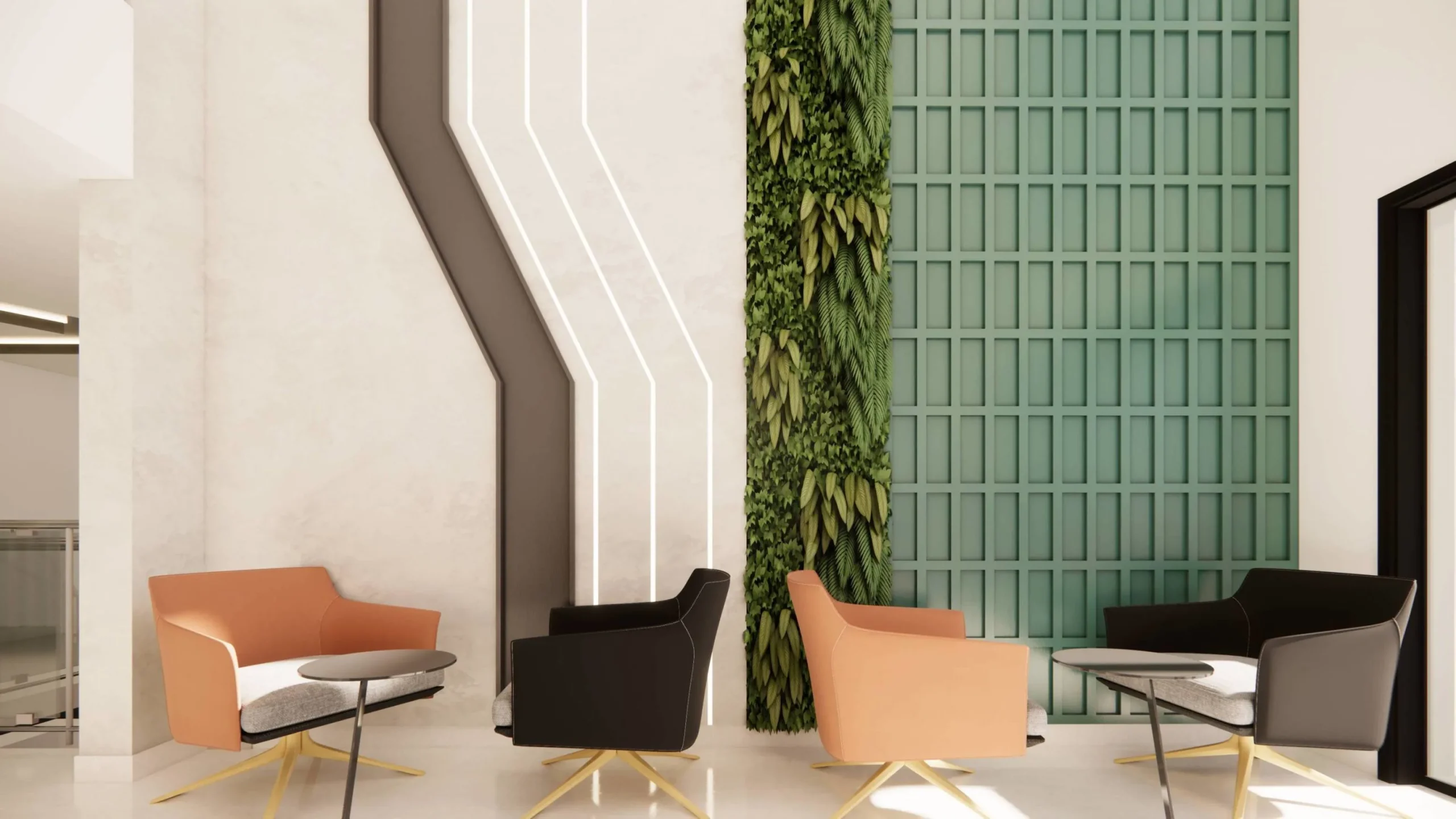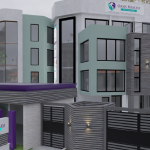Tips for Incorporating Nature and Biophilic Design into Healthcare Spaces to Enhance Healing Environments
Introduction
Architects and interior designers in the healthcare design and construction space have moved away from sterile clinical setups. Instead, they now focus on creating healing spaces that enhance patient well-being and recovery. This new design direction has seen the growing use of biophilic design, which helps reconnect people with nature in built environments.
Today, biophilic principles appear in many forms as designers strive to build supportive environments for all users of medical facilities. At Healthcare Designers Limited, we’ve seen firsthand the positive impact of nature-inspired designs. In this article, we explain what is biophilic design, share the benefits of biophilic design, and offer tips for integrating it into healthcare spaces.
The Healing Power of Nature
Nature provides both inspiration and the essential elements needed for human well-being. When you bring even small parts of the natural world indoors, you can create spaces that support healing and recovery. This is where biophilic design elements come in.
Rather than simply adding a few plants, designers use biophilic design patterns like natural textures, rhythms, and materials to improve both physical and emotional health. This approach lies at the core of biophilic design in healthcare, where it promotes better outcomes through nature’s calming influence.
Stress Reduction
Healthcare environments can be overwhelming. However, adding natural features such as indoor plants, daylight, and garden views has been shown to reduce stress.
In fact, studies reveal that natural light design and biophilic lighting lead to lower blood pressure, reduced anxiety, and increased emotional well-being. These changes create a more comforting space for both patients and caregivers.
Enhanced Recovery
Incorporating biophilic architecture, like natural materials and outside views, can help patients recover faster. Research shows that those exposed to natural elements often need less pain medication and experience shorter hospital stays. These outcomes are tied to the relaxing effect of natural surroundings on the human mind and body.
Biophilic Design in Healthcare
What is Biophilic Design?
Biophilic design is a nature-centered strategy that connects people with the natural world. In healthcare, biophilic interior design creates spaces that are not only beautiful but also promote emotional and physical recovery.
Biophilic Design Benefits
The benefits of biophilic design range from better indoor air quality to improved mental focus. In hospitals, these advantages lead to fewer stress-related symptoms, happier patients, and improved clinical results.
Biophilic Design Elements and Principles
So, what are biophilic design principles? They include:
Direct and indirect connections to nature
Use of natural materials, colors, and patterns
Integration of environmental factors like airflow and light
Using these biophilic design elements, we can make healthcare spaces more soothing and human-centered.
How to Incorporate Biophilic Design in Hospitals
Applying biophilic design in healthcare doesn’t require large budgets. Here are simple strategies that make a big difference:
Natural Light
Maximize natural light. Use large windows, skylights, or glass walls to let sunlight reach corridors, waiting rooms, and patient areas. This improves mood, reduces artificial lighting needs, and connects patients to the outdoors.
Indoor Greenery
Include indoor plants or vertical green walls. Plants like snake plants and peace lilies improve indoor air and create a peaceful atmosphere. These are among the most effective biophilic design examples used in hospitals today.
Natural Materials
Add biophilic materials such as wood, stone, or bamboo to surfaces and furnishings. These materials add texture and warmth, making the space feel more inviting and less clinical.
Nature-Inspired Art
Place nature-themed artwork throughout the facility. Landscapes, floral patterns, or botanical prints offer visual comfort and reduce stress. This is an easy way to add biophilic interior design without major renovations.
Specialized Applications of Biophilic Design
Biophilic Office Design: Supports healthcare staff by reducing stress and boosting productivity.
Biophilic Design Schools: Helps students in medical training stay focused and emotionally balanced.
Biophilic Design Hospitality: Makes inpatient stays more comfortable by mimicking hotel environments.
Biophilic Urban Design: Connects hospitals to nearby green spaces for a broader healing environment.
Biophilic Homes: Brings the healing benefits of nature into home-care and post-discharge settings.
Biophilic Design vs. Green Building: What’s the Difference?
Both approaches aim to create healthier spaces. However, biophilic design focuses on the human experience and emotional wellness, while green building emphasizes sustainability and energy efficiency. When used together, they offer the best of both worlds.
How Does Biophilic Design Improve Mental Health?
Biophilia in architecture has been linked to fewer mental health issues. Natural elements lower anxiety, boost mood, and reduce cognitive fatigue. Hospitals that integrate biophilic design patterns provide better support for emotional healing.
Conclusion
Bringing nature into healthcare spaces through biophilic design is more than a trend it’s a proven way to improve outcomes for patients and healthcare workers alike.
At Healthcare Designers Ltd, we encourage facility planners to apply these principles whether renovating or building new. Whether you’re wondering how to incorporate biophilic design in hospitals or how to start with biophilic interior design, the journey starts with small changes.
By embracing biophilic design in healthcare, we can create spaces that are not only functional but also restorative and emotionally supportive.






